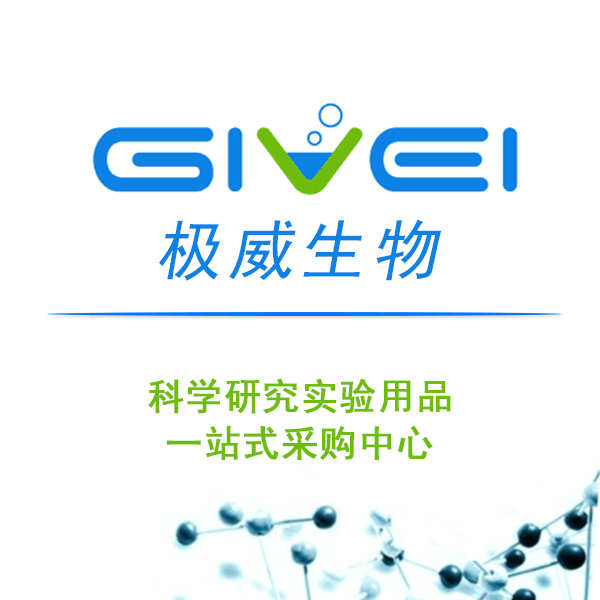Product Name:Rat IGF-1 (Insulin-Like Growth Factor 1) ELISA Kit
Chinese Name:大鼠胰岛素样生长因子1(IGF-1)酶联免疫吸附测定试剂盒
Other names:大鼠胰岛素样生长因子1(IGF-1)elisa试剂盒
Nickname:大鼠胰岛素样生长因子1(IGF-1)ELISA试剂盒
Number:GV-E13436
Specifications:96T
temperature:2-8℃
introduce
SAMPLE COLLECTION AND STORAGES
Serum - Use a serum separator tube and allow samples to clot for two hours at room temperature or overnight at 4℃ before centrifugation for 20 minutes at approximately 1000×g. Assay freshly prepared serum immediately or store samples in aliquot at -20℃ or -80℃ for later use. Avoid repeated freeze/thaw cycles.
Plasma - Collect plasma using EDTA or heparin as an anticoagulant. Centrifuge samples for 15 minutes at 1000×g at 2-8℃ within 30 minutes of collection. Remove plasma and assay immediately or store samples in aliquot at -20℃ or -80℃ for later use. Avoid repeated freeze/thaw cycles.
Tissue homogenates - For general information, hemolysis blood may affect the result, so you should rinse the tissues with ice-cold PBS (0.01M, pH=7.4) to remove excess blood thoroughly. Tissue pieces should be weighed and then minced to small pieces which will be homogenized in PBS (the volume depends on the weight of the tissue. 9mL PBS would be appropriate to 1 gram tissue pieces. Some protease inhibitor is recommended to add into the PBS.) with a glass homogenizer on ice. To further break the cells, you can sonicate the suspension with an ultrasonic cell disrupter or subject it to freeze-thaw cycles. The homogenates are then centrifugated for 5minutes at 5000×g to get the supernate.
Cell culture supernates and other biological fluids - Centrifuge samples for 20 minutes at 1000×g. Remove particulates and assay immediately or store samples in aliquot at -20℃ or -80℃ for later use. Avoid repeated freeze/thaw cycles.
Note: The samples shoule be centrifugated dequately and no hemolysis or granule was allowed.
PRECAUTIONS
1. Do not substitute reagents from one kit lot to another. Standard, conjugate and microtiter plates are matched for optimal performance. Use only the reagents supplied by manufacturer.
2. Allow kit reagents and materials to reach room temperature (20-25°C) before use. Do not use water baths to thaw samples or reagents.
3. Do not use kit components beyond their expiration date.
4. Use only deionized or distilled water to dilute reagents.
5. Do not remove microtiter plate from the storage bag until needed. Unused strips should be stored at 2-8°C in their pouch with the desiccant provided.
6. Use fresh disposable pipette tips for each transfer to avoid contamination.
7. Do not mix acid and sodium hypochlorite solutions.
8. Serum and plasma should be handled as potentially hazardous and capable of transmitting disease. Disposable gloves must be worn during the assay procedure, since no known test method can offer complete assurance that products derived from Rat blood will not transmit infectious agents. Therefore, all blood derivatives should be considered potentially infectious and good laboratory practices should be followed.
9. All samples should be disposed of in a manner that will inactivate viruses.
10. Liquid Waste: Add sodium hypochlorite to a final concentration of 1.0%. The waste should be allowed to stand for a minimum of 30 minutes to inactivate the viruses before disposal.
11. Substrate Solution is easily contaminated. If bluish prior to use, do not use.
12. Substrate B contain 20% acetone, keep this reagent away from sources of heat or flame.
13. Remove all kit reagents from refrigerator and allow them to reach room temperature ( 20-25°C).
REAGENT PREPARATION AND STORAGE
Wash Solution (1X) - Dilute 1 volume of Wash solution (20X) with 19 volumes of deionized or distilled water. Wash Solution is stable for 1 month at 2-8°C.
MATERIALS REQUIRED BUT NOT SUPPLIED
1. 37 ℃ incubator
2. Standard microplate reader capable of measuring absorbance at 450 nm
3. Precision pipettes, disposable pipette tips and Absorbent paper
4. Distilled or deionized water
FOR RESEARCH USE ONLY; NOT FOR THERAPEUTIC OR DIAGNOSTIC APPLICATIONS! PLEASE READ THROUGH ENTIRE PROCEDURE BEFORE BEGINNING!

